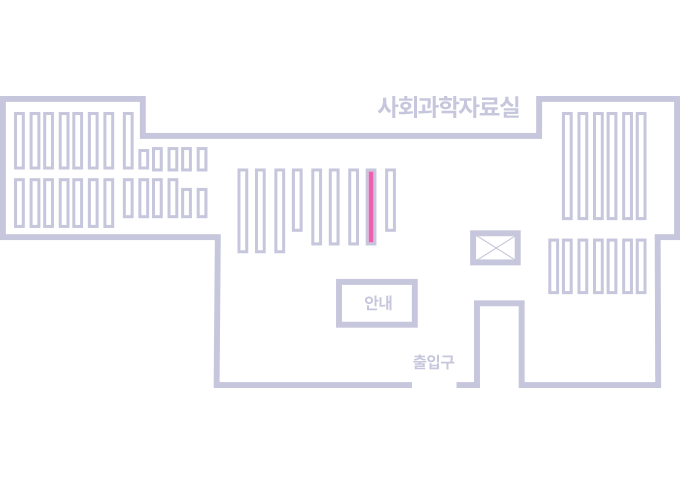권호기사보기
| 기사명 | 저자명 | 페이지 | 원문 | 기사목차 |
|---|
| 대표형(전거형, Authority) | 생물정보 | 이형(異形, Variant) | 소속 | 직위 | 직업 | 활동분야 | 주기 | 서지 | |
|---|---|---|---|---|---|---|---|---|---|
| 연구/단체명을 입력해주세요. | |||||||||
|
|
|
|
|
|
* 주제를 선택하시면 검색 상세로 이동합니다.
Title Page
Contents
ABSTRACT 8
Ⅰ. Introduction 10
Ⅱ. Material and Methods 12
2.1. DNA extraction and NGS sequencing 12
2.2. Bioinformatic data analysis 12
2.2.1. Complete genome construction 12
2.2.2. Performance comparison in polishing step 13
2.2.3. Antibiotic resistance gene detection 13
2.2.4. Statistical analysis 14
Ⅲ. Results 18
3.1. Sequencing results generated by each NGS platforms 18
3.2. General characteristic of the E.coli complete genome 18
3.3. Minimum depth coverage required to polish the complete E.coli genome 19
3.4. Number of CDS in the complete genome polished at different coverage depths 19
3.5. Comparison of antibiotic resistance gene detection 19
Ⅳ. Discussion 31
References 34
Abstract (in Korean) 41
〈Figure 1〉 The workflow of DNA extraction, bacterial complete genome construction, and resistance gene detection in this study. 15
〈Figure 2〉 Linear aggression of variant numbers per depth difference in E.coli genome 25
〈Figure 3〉 The boxplot of number of CDS annotated in the E. coli complete genomes polished at different coverage depths 28
〈Figure 4〉 The heatmap of antibiotic resistance gene detected in contigs de novo assembled from raw data per depth difference generated from... 29
기술 발달로 유전체를 단시간에 대량으로 시퀀싱 할 수 있게 되자 high-throughput 시퀀싱 시장은 확대되었다. 이런 환경 속에서 99.9% 높은 정확도가 특징인 Illumina사는 short-read sequencing 시장에서 높은 시장 점유율을 차지하고 있다. 최근 MGI사는 시퀀싱 준비 과정에 연쇄중합효소 반응을 사용하지 않는 점과 저렴한 비용을 앞세워 시퀀싱 시장에 진출했으나 아직까지 세균의 전장 유전체 조립 과정에서의 MGI 플랫폼의 성능은 명확하게 밝혀진 바 없다. 따라서 본 연구에서는 Illumina 플랫폼과 MGI 플랫폼을 이용하여 세균 전장 유전체 조립 과정 중 polishing 과정과 항생제 내성 유전자 검출 작업을 진행하면서 두 플랫폼 간 성능 비교를 진행하였다.
대장균 균주 ROH0034에서 각 플랫폼으로 유전체 데이터를 추출한 뒤 대장균 게놈 크기의 10배, 20배, 30배, 40배, 50배, 60배, 100배로 서브샘플링을 5회씩 진행하고 이를 polishing 과정에 적용해 총 70개의 전장 유전체를 조립하였다. 그 후 대장균의 전장 유전체와 비교하여 유전체 서열 변이 개수와 유전자 주석 개수를 측정하여 몇 배의 데이터 양부터 전장 유전체와 같아지는지 확인하였다. 염색체를 완벽하게 조립하기 위해서는 Illumina 플랫폼의 경우 게놈 크기의 68배 데이터가 필요했고 MGI 플랫폼은 67배가 필요했다. 플라스미드를 완벽하게 조립하기 위해서 Illumina 플랫폼은 80배, MGI는 69배의 데이터가 필요했다. 유전자 주석 개수 측정에서 염색체의 경우 Illumina 플랫폼은 최소 50배의 데이터가, MGI 플랫폼은 최소 60배의 데이터가 필요했다. 반면 플라스미드의 경우 MGI는 10배로도 충분한 반면 Illumina 플랫폼으로는 100배 이상의 데이터가 필요했다.
항생제 내성 유전자 검출을 위해 대장균 게놈 크기의 10배, 20배, 30배, 40배, 50배, 60배, 100배로 추출한 데이터를 de novo assembly를 진행하여 각 depth별로 contigs을 조립했다. 각 contig 내 항생제 내성 유전자를 검출한 결과 Illumina 플랫폼은 최소 40배부터 모든 내성 유전자를 검출하였으나 MGI 플랫폼은 10배 이상의 데이터로도 모든 내성 유전자를 검출하였다.
본 연구의 결과로 MGI 플랫폼에서 생성한 short read 시퀀싱 데이터가 세균의 전장 유전체 조립 과정에 Illumina 플랫폼과 비교하여 충분한 성능을 보이고 있으며 플라스미드 조립과정과 항생제 내성 유전자 검출 작업에서는 비교 우위를 점할 성능을 보이고 있음을 확인하였다.*표시는 필수 입력사항입니다.
| 전화번호 |
|---|
| 기사명 | 저자명 | 페이지 | 원문 | 기사목차 |
|---|
| 번호 | 발행일자 | 권호명 | 제본정보 | 자료실 | 원문 | 신청 페이지 |
|---|
도서위치안내: / 서가번호:

우편복사 목록담기를 완료하였습니다.
*표시는 필수 입력사항입니다.
저장 되었습니다.